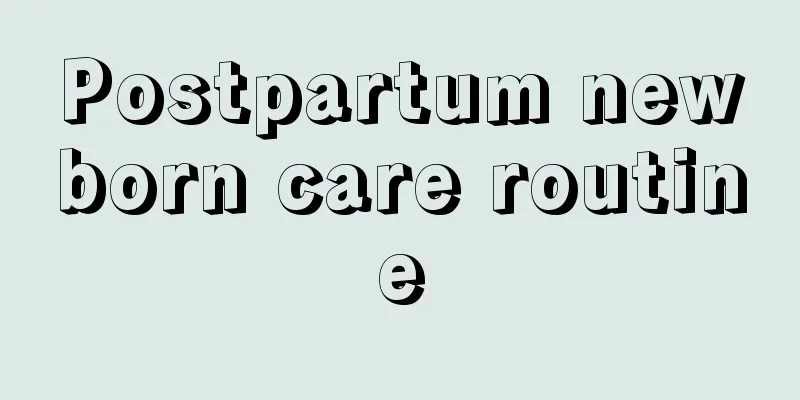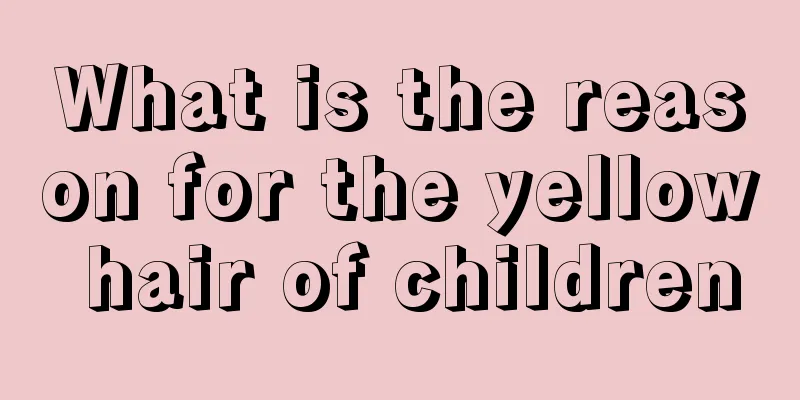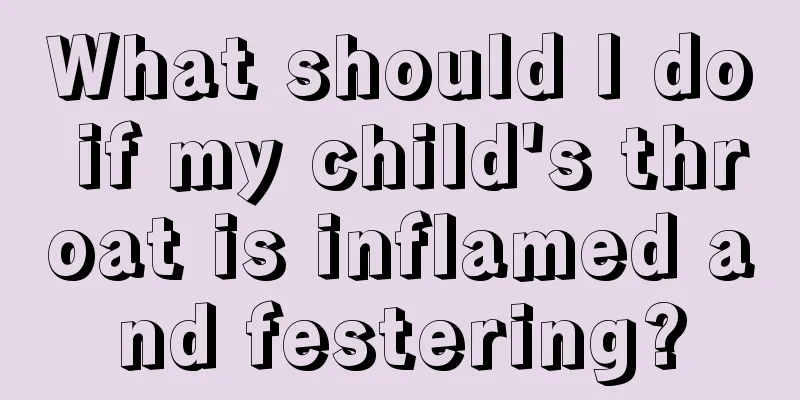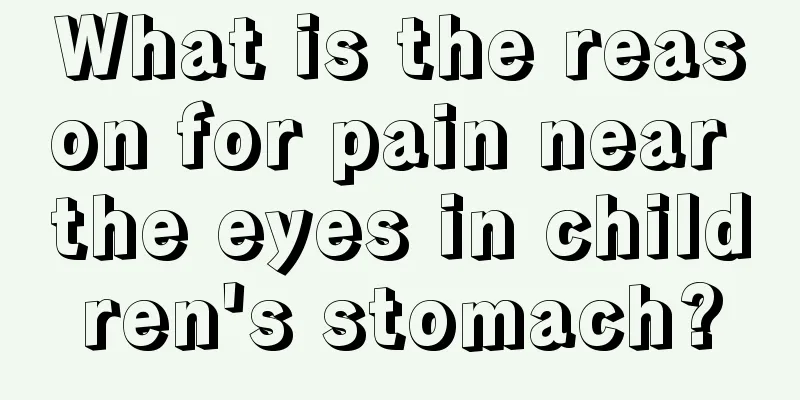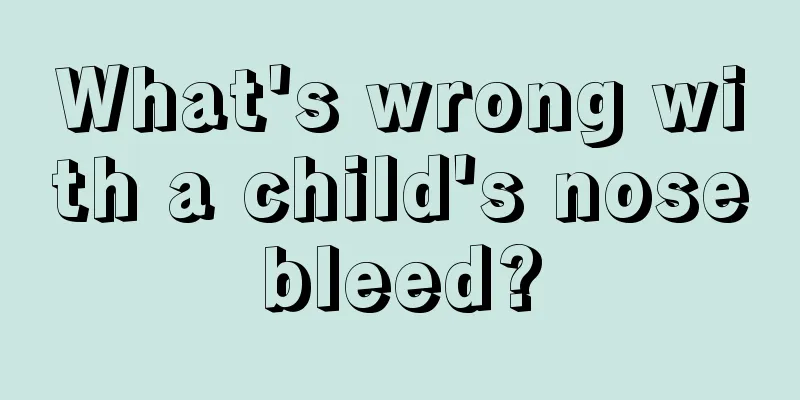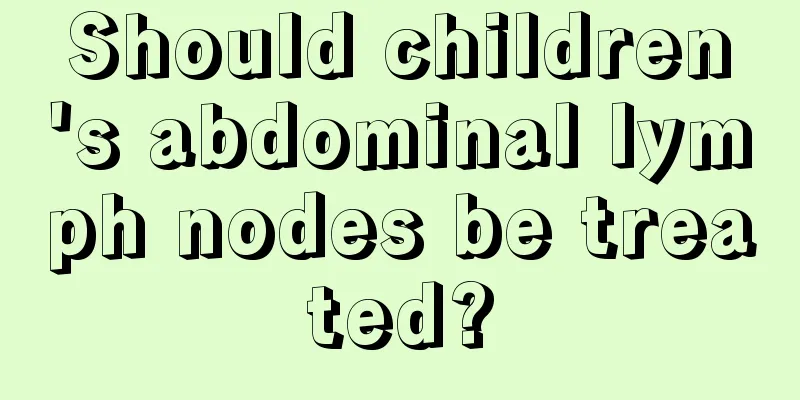Symptoms of bronchopneumonia in children

|
Bronchopneumonia is a common disease in children, mainly caused by the baby's living environment or the baby's exposure to too much dust. For childhood bronchopneumonia, we recommend that everyone should receive timely treatment in life, but if we want to treat childhood bronchopneumonia, we need to know its symptoms so that we can prescribe the right medicine. I hope mothers can understand its symptoms. Bronchopneumonia is a common disease in children, especially in infants and young children, and is also the main cause of death in infancy. Bronchopneumonia is also known as lobular pneumonia. Pneumonia often occurs in the cold seasons of winter and spring and when the climate changes suddenly, but summer is no exception. In some areas of South China, the disease is more common in summer. Immunity after illness is not long-lasting and it is easy to be infected again. Bronchopneumonia is caused by bacteria or viruses. (1) General symptoms: sudden or delayed onset. Sudden onset symptoms include fever, vomiting, irritability and shortness of breath. There may be a mild upper respiratory tract infection for several days before the onset of the disease. The early body temperature is mostly between 38 and 39 degrees Celsius, and can be as high as around 40 degrees Celsius. Most of them are remittent or irregular fevers. Newborns may not have fever or their body temperature may not rise. Most weak infants have a slow onset of illness, with low fever, and no obvious cough or lung signs. Choking, vomiting or difficulty breathing are common. Choking is sometimes very obvious, and milk may overflow from the nostrils during each feeding. (2) Cough: Coughing and phlegm in the throat are usually obvious in the early stages. In the early stage, it is a dry cough, which may be reduced in the extreme stage, and in the recovery stage, the cough may increase and there may be sputum. Newborns and premature infants may not have a cough, and may only have symptoms such as foaming at the mouth. (3) Shortness of breath: It often occurs after fever and cough, with shallow breathing and rapid respiratory rate (>60 times/min within 2 months of age, >50 times/min between 2 and 12 months, and >40 times/min between 1 and 4 years of age). Severe cases may cause groaning while breathing and may develop cyanosis. The ratio of breathing to pulse increases from 1:4 to about 1:2. (4) Dyspnea: Dyspnea is common, with symptoms such as cyanosis around the mouth or fingernails and flaring of the nostrils. In severe cases, there may be nodding breathing, three-depression sign, and prolonged exhalation time. Some sick children tilt their heads back to allow them to breathe more easily. If the child is asked to passively bend his neck forward, resistance is obvious. This phenomenon should be distinguished from cervical muscle stiffness. (5) Fixed fine moist rales in the lungs: Chest signs may not be obvious in the early stages or only coarse or slightly reduced breath sounds may be heard. Later, fixed medium or fine moist rales or crackling sounds may be heard, which can often only be heard when crying or taking deep breaths. Percussion is normal or has mild dullness to percussion or reduced breath sounds. However, when the lesions fuse and expand to involve part or the entire lung lobe, corresponding signs of pulmonary consolidation may appear. If obvious percussion dullness and/or decreased breath sounds are found in one lung, the presence of pleural effusion or empyema should be considered. 2. Severe pneumonia In addition to seriously affecting the respiratory system, severe pneumonia can also affect the circulatory, nervous and digestive systems. Regarding the symptoms of bronchopneumonia in children introduced in the article, we suggest that mothers can remember them well, which will be of great help in preventing bronchopneumonia in children. We all know that babies' immunity is relatively weak, and we hope that mothers can provide their children with a healthy living environment. |
<<: How is Mycoplasma pneumonia treated in children?
>>: Treatment of pneumonia in children
Recommend
Precautions for children taking ascarid medicine
There are many precautions for children to take w...
What is the cause of the white spot on the baby's face?
We all know that the baby's skin is particula...
What happened to the child who fainted?
We often encounter people fainting in our daily l...
Yellow stool during neonatal jaundice
In our lives, neonatal jaundice is a very common ...
The baby has not had a bowel movement for three days and has a smelly fart
Babies are a special group. Because they cannot s...
Is it good for little girls to learn Taekwondo?
Children nowadays are the treasure of the family,...
The gap between the front teeth of the child is large after the replacement of teeth
Our teeth are neatly arranged one next to the oth...
Herpes in the throat of a child
The throat usually does not get sick, but many ch...
Two-year-old baby crying at night
If a two-year-old baby cries while sleeping at ni...
What causes a four-month-old baby to cry when sleeping at night?
Recently a mother came to ask the editor that her...
The child wakes up in the morning with eye mucus stuck to his eyes
I believe everyone has encountered such a situati...
Frequent urination in children
The physical health of children is very important...
How does Traditional Chinese Medicine treat anemia in children?
In fact, many people have explored the issue of a...
Red urine in children
The human body needs to expel garbage and waste f...
Prevention of uremia in children
When it comes to uremia, many people actually hav...
